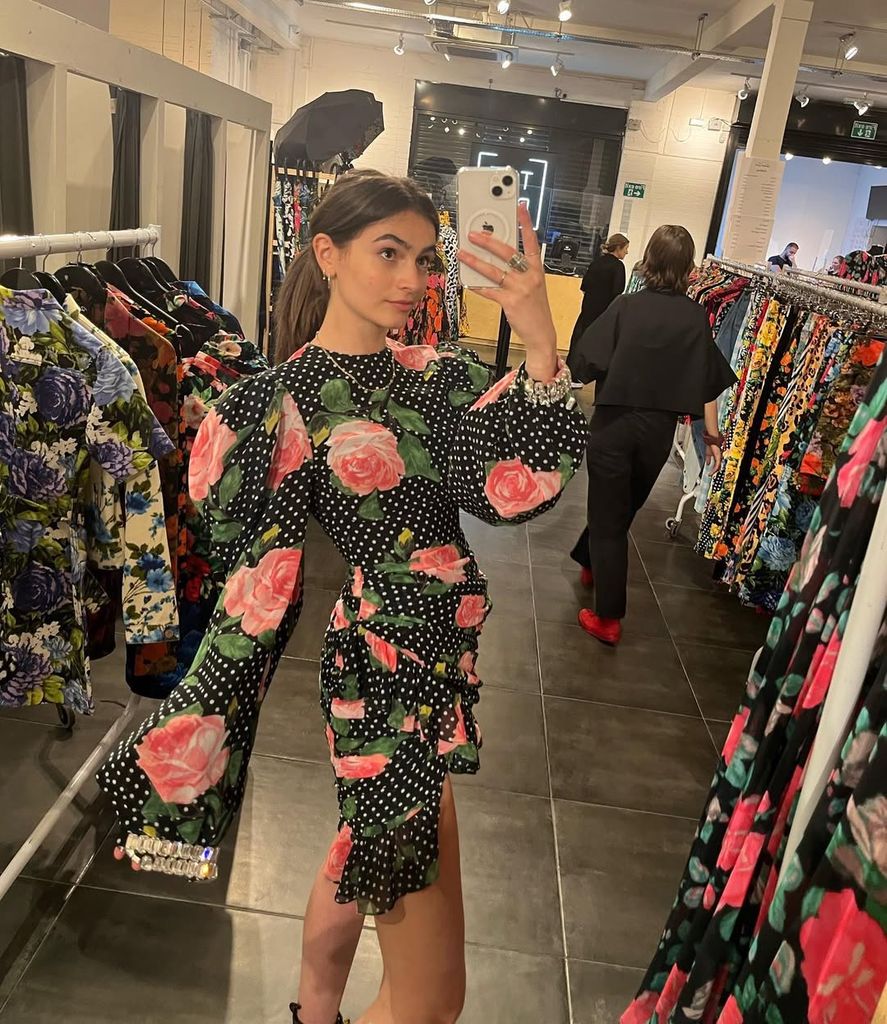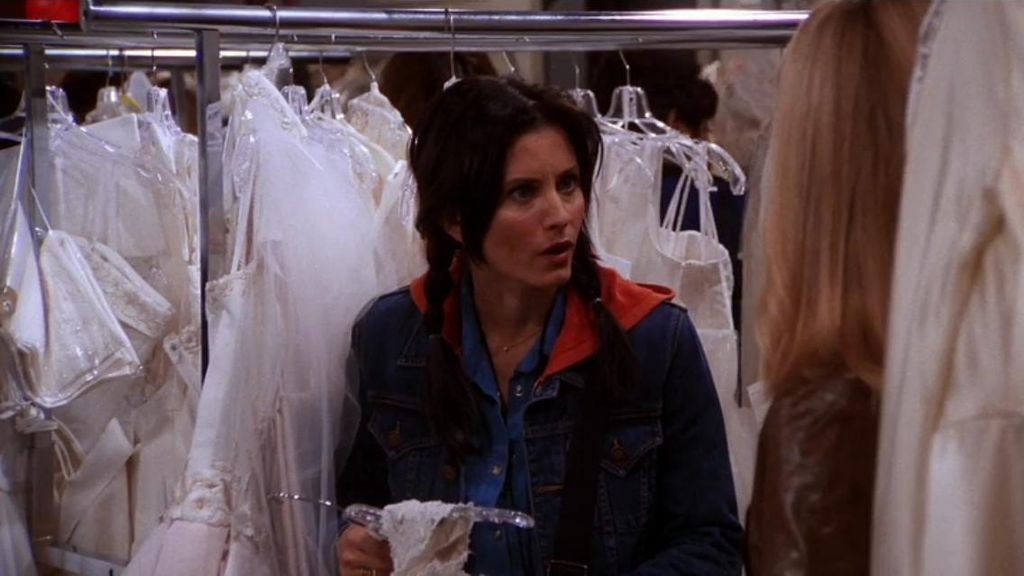
There’s a particular thrill that only the discerning fashion lover knows: the heady rush of a sample sale.
Tucked away in nondescript venues, these treasure troves offer couture at a fraction, where one might unearth a whisper of last season’s runway or a coveted piece never released.
The sample sale experience is not for the faint-hearted. Hackney’s hipsters come out in force to attend these cherished events, resulting in two hour queues that snake around the building and the subsequent flurry of credit cards – all in the name of scoring that special piece.
A keen sample sale attendee myself, I relish the excitement of the experience. As with thrifting, you put in the hours and the effort, rapidly sifting through rails upon rails of silk and sequins. It makes the buy feel very much deserved.
Most of my sample sale excursions occurred during my university days. A fashion student desperate to get her hands on the discounted Chopova Lowena top, Charles Jeffrey Loverboy knit or the Richard Quinn dress (which I did indeed secure for my graduation), it was the only way I could afford a slice of luxury.
Fast forward a few years, and luxury prices have gone through the roof. Hoodies costing upwards of £1,000, clutch bags retailing for the same price as a secondhand car and designer sunglasses costing more than my rent – luxury was more exclusive than ever.
So who is actually shopping for luxury fashion (in this sense the traditional concept of luxury e.g. designer brands with price tags to match) today? “East Asia has been the heart of luxury revenue long before China emerged,” says Didier Zheng, Social Media Editor at 10 Magazine USA. “Japan was pretty remarkable before the crash of the economy in the 90s, which explained the excellent vintage stock of Chanel and Louis Vuitton that you see nowadays from Japanese dealers. China then became the top contributor in the 2010s. Recently, with the slowdown of the Chinese economy and the US’s irrational policies, surprisingly, it’s the Middle East that is rising at the moment. Brands’ strategy and attention have shifted to building the Middle Eastern market while looking after China and the US.”
The current economy certainly isn’t aiding younger shoppers and their dreams of buying designer clothing. “The wealth gap is only going to get bigger,” says Zheng. “The rich will be richer and the less advantaged will experience more disadvantages. This is why most luxury brands continue to raise their prices to keep up with the cost, instead of marking down and cutting margins.”
He continues: “Because the elite clientele will always be buying, a client whose wardrobe is full of Chanel ready-to-wear will not suddenly switch to Cos. They may be buying less, but they’re always shopping. For luxury brands, their goal is to secure this top tier of clients and get them to spend, which explains the increasing VIP/loyalty events that are happening. Hence the saying that luxury brands are leaving the middle class. When the economy is good, the lower tier will want to reach up, and everybody has more budget to splurge, so it’s sensible for brands to expand and actually offer more affordable price points and a wider range of choices. The fashion can be catered to the mass market, i.e. logo mania, because that’s where the surge of revenue can be generated.”
Given the ongoing economic uncertainty and the likelihood that luxury shoppers will continue flocking to Harrods for their everyday essentials, sample sales have undeniably carved out a unique and enduring niche in the fashion landscape.
These exclusive events offer a rare opportunity to access high-end pieces at a fraction of the price, making them a coveted destination for those in search of both luxury and value. In an era where every purchase feels more considered, sample sales stand as a testament to the enduring appeal of curated indulgence, offering style savvy shoppers a way to navigate the changing tides of fashion.
Yet, you may be thinking – why bother waiting in line at a sample sale when you could simply open up Vestiaire or Depop for designer finds?
Luxury fashion connoisseur Zheng weighs in once again: “Sample sales usually are managed and curated by the brands themselves, so it guarantees authenticity. Secondhand platforms, however, are more accessible and have more choices at a probably cheaper rate, but the quality can be worse due to wear. It’s like choosing between two goods depending on your circumstances. If you have more free time and like newer and closer-season fashion goods, sample sales are always better.”
Personally, the dopamine hit of finding an incredible piece online as opposed to in-person doesn’t compare. Plus, buying preloved online, while an ethical choice, rarely comes with a story. Battling fellow luxury-staved fashion students to knab the last pair of Kiko Kostadinov ballet sneakers, networking in the horrendously lengthy queues, going with a group of friends as if you were a criminal gang about to make a hit. Think Monica’s wedding dress fight on Season 7 of Friends. It’s a life or death moment for high brow bargain hunters.
For those on the creative side of fashion – students, journalists, stylists, and photographers – who often navigate tighter budgets, sample sales offer a vital bridge between the attainable and the aspirational. These events provide a rare opportunity to access high-end pieces that might otherwise remain out of reach, fuelling creativity without breaking the bank.
In short? Long live the sample sale.





